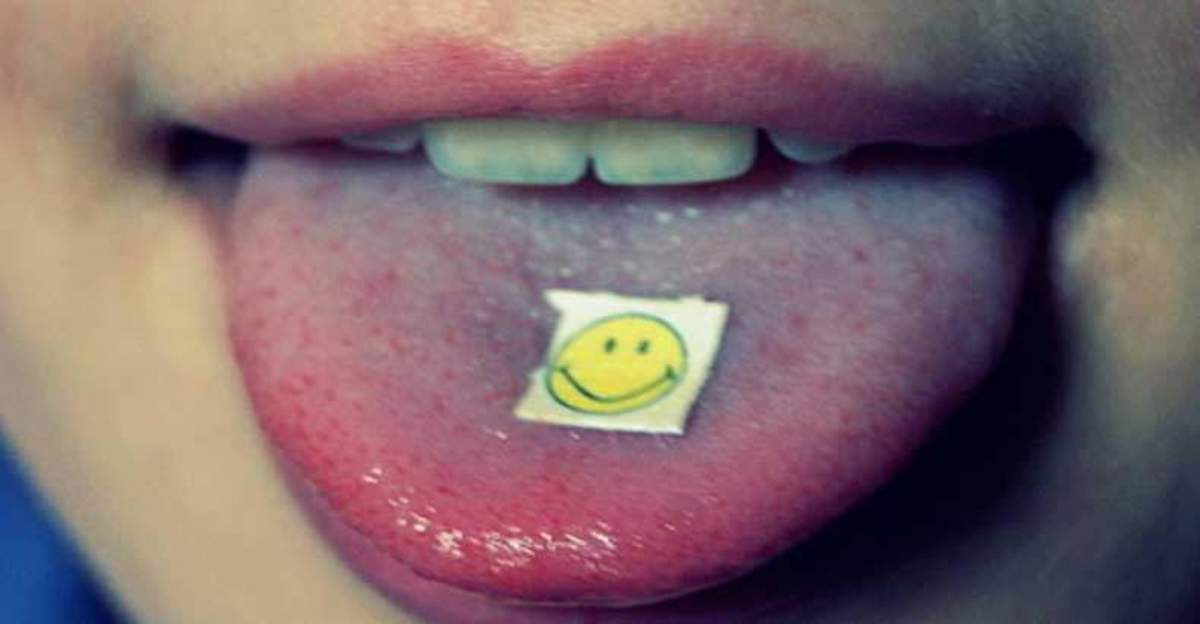As we are all well aware, Penn State is a huge football school, and with a huge football school comes many huge football fans, myself included. I have been a fan of Penn State football since I came to my first football game in 2010. That game ended up being Joe Paterno’s 400th career victory so it was a very special game. On top of being a Penn State fan I have been a fan of the Philadelphia Eagles and the Philadelphia Flyers for most of my life. The past few years in particular I have followed these two teams much more closely than I had in the past. When I was younger I would watch Eagles’ and Flyers’ games every now and then but not religiously like I do now. I am much more of devoted fan nowadays and I have truly grown to love watching football and hockey. Since I spend a fair amount of my time and energy rooting for my favorite teams I began to wonder if being a sports fan can have some health benefits. A null hypothesis for this question would be that being a sports fan does not have health benefits. I am hoping to be able to reject the null hypothesis.

PSU White Out
One of the main benefits of being a sports fan is that you immediately have a sense of belonging when you have a favorite team. No matter what team you root for there will always be other people rooting for the same team. This common likeness of a team means that someone can bond with a fellow fan almost instantly. Being a fan of a certain team gives us an “in” with other fans of the same team. For example if I were to go outside of Beaver stadium on Saturday and yell “Go Penn State!!” then I will more than likely get a bunch of drunken “Wooooos!” as a response. In that moment I would feel accepted by the group of other Penn State fans around me because we are rooting for a common goal; For Penn State to beat Ohio State. I could also easily go up and converse with any of the other Penn State fans around me since we know that we already have something in common that we can talk about before I have even opened my mouth. On top of meeting new people, sports is a great way to be with your friends since you can meet up for the game(s) each week. Maintaining a close circle of friends is very beneficial to our health. It can even increase your chance of living longer by 50% and doubles your odds of surviving cancer according to a study from Brigham Young University. Maintaining supportive friendships can also lessen the physical and mental effects of stress.
On top of helping maintain relationships being a sports fan can also make you smarter according to study conducted by the University of Chicago. This study was done by having 12 pro and college level hockey players, 8 hockey fans, and 9 people who had seen or played the sport listen to a radio broadcast of a hockey game while a machine recorded their brain activity. After listening to the game the subjects were given a test analyze their comprehension of the game. The results of the study showed that the athletes and sports fans understood the game on a much higher level and showed brain activity in areas of the brain associated planning, controlling, and performing. These results suggest that even being a spectator of a game can help you absorb more information about the game and even become more prepared to play the game as well.

Eagles Quarterback Carson Wentz
I believe that I can reject the null hypothesis since these two studies, on top of many others available, that being a sports fan has different health benefits. So whether you are rooting for the Nittany Lions or the Philadelphia Eagles being a sports fan is fun and beneficial to your health, so get out there and cheer for your favorite team.
Study 1 – https://news.byu.edu/news/stayin%E2%80%99-alive-that%E2%80%99s-what-friends-are
Study 2 – https://news.uchicago.edu/article/2008/09/02/athletes-and-spectators-brains-light-when-talking-sports
Picture 1 – http://wallpaper.zone/img/2858990.jpg
Picture 2 – http://www.dmhsperspective.com/wp-content/uploads/2016/09/081316_Carson_Wentz_PI1.jpg












